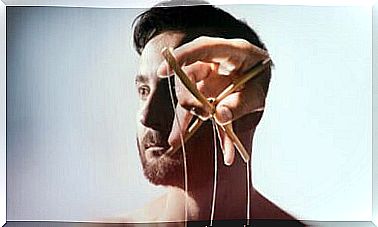The Tuskegee Study And The Basics Of Bioethics

The Tuskegee Study is one of those true stories where the bad guys seem straight out of an unhealthy imagination. This story also has its own hero, Peter Buxtun, who demonstrated an inspiring truth: Sometimes it takes just one man to decide to do the right thing for everything to change.
For many, Tuskegee’s study is the longest and most infamous in American history. This is an experiment with humans, which lasted 40 years. It began in 1932 and ended in 1972. Among other things, this study proves that the Nazis were not the only ones or the first to take human beings as objects of study in laboratories.
Tuskegee’s study marked a turning point in bioethics. Before discovering it, a whole legal framework had already been created to protect people who were the subject of a scientific study. However, when the scandal of this experiment erupted, these standards became tougher and precautionary measures increased.

The Tuskegee study
Tuskegee’s study began in 1932 and initially claimed to study the effects of syphilis on people infected with the disease. We knew very little about this infection at the time and the treatments available were few and not very effective.
Dr Taliaferro Clark, member of the venereal disease section of the United States Public Health Service in Tuskegee (Alabama), therefore decided to observe the course of the disease in infected and untreated individuals. The group of individuals he was to observe for six or eight months consisted of black peasants, poor and mostly illiterate.
Other prestigious doctors of the time joined Clark’s study. At the start, 399 infected and 240 healthy men were recruited; these would serve as a control group in this experiment with people.
Everything started to work out as planned, but a year later Dr Clark withdrew from the research team because he did not agree with the form the study was taking.
The flaws of the experience
From the outset of Tuskegee’s study, there were ethically questionable processes. To begin with, the subjects studied did not know the details of the research: this means that they were not informed of what to study at home, nor by what method. In other words, there was no informed consent.
These people have not been diagnosed either; they were simply told they had “bad blood”, a generic term that left room for various interpretations. They were motivated to participate in this study by promising them free medical treatment, free transport to the clinic, food and funeral costs in the event of death.
In practice, the disease was only allowed to progress and its effects on the organism observed. In the end, 600 people were studied. One of the most questionable points was the fact that in the 1940s science found penicillin to be effective against syphilis, but researchers refused to give the drug to patients.
In addition, the “volunteers” were invited to test a process with the following message: “Last opportunity for special and free treatment”. It was actually lumbar punctures, that is, taking samples instead of treatment. One of the officials praised his colleague for this message and praised his ability to lie.

A hero and the end of a tragedy
Doctor Peter Buxtun arrived in the United States when he was just a baby. His family had fled Czechoslovakia for fear of the Nazis. In 1966, he was already a researcher in the field of venereal diseases in San Francisco. That same year, he sent a letter to those responsible for the Tuskegee study expressing serious concerns about the ethics of the study.
Buxtun did not get a response but continued to pursue his solitary struggle for the next eight years. Seeing that he was not achieving any results, he decided to appeal to the press. The news first appeared in the Washington Star and then made headlines in the New York Times the next day. The denunciations were so serious that it only took a day to end Tuskegee’s study.
By the day it ended, 28 “volunteers” had succumbed to the disease; a hundred others had a poor quality of life because of the complications that arose. The most serious is that 40 wives had been infected and 19 children were born with congenital syphilis.
In 1997, President Bill Clinton publicly asked for forgiveness from those affected. This experience undermined the confidence of many Americans in public health services.










